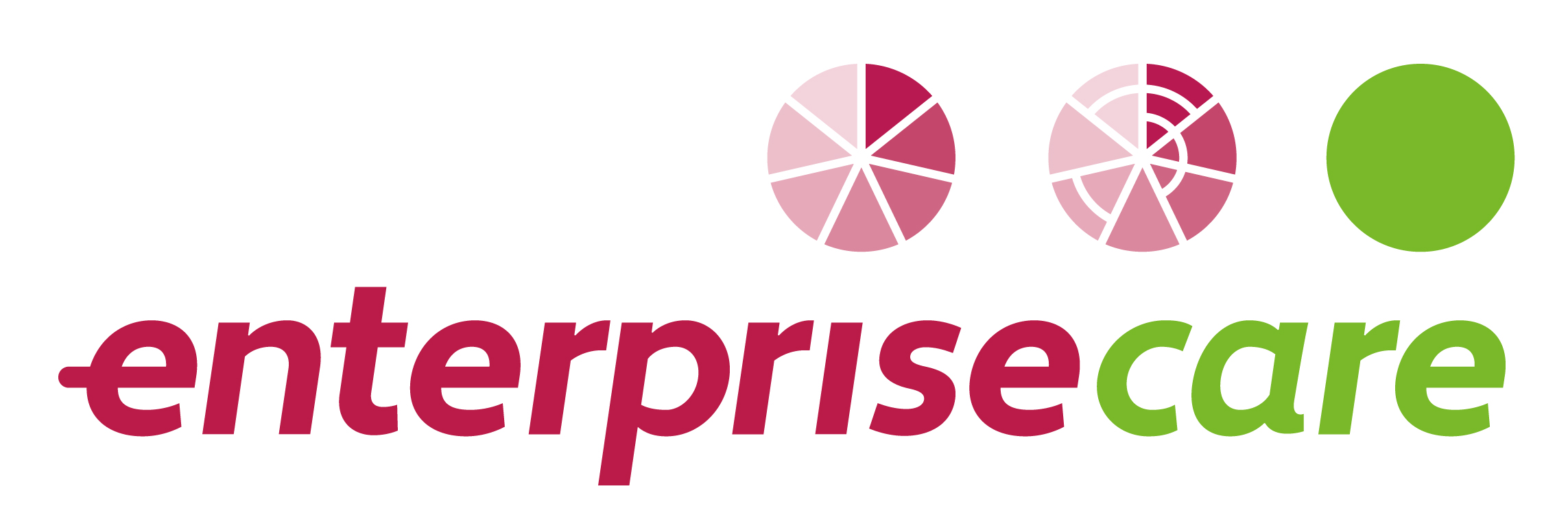Making the Board Role Easier
You Call that a Board Pack?
I’d just heard of a Board pack of hundreds and hundreds of pages and was stunned. Surely that cannot be true. But surprisingly on enquiry of others it is not so uncommon.
It got me thinking of those directors faced with having to discharge their responsibilities when there is that much information to deal with prior and during a Board meeting.
Is More Better?
From my many decades on being on commercial and NFP Boards, it did not seem proper. So, I copied what Robin Williams did in “Dead Poets Society” and imagined myself jumping up on a Board of Director table to see what may be proper.
During and continuing after COVID, the role of being a Board Director is not getting easier, instead for many it is getting more challenging.
Impact on Board Work
From recent experiences and continuing research, many Boards are presently faced with the challenge of how to become more strategic in what they do.
Every Board has various common roles. Those roles need to be discharged effectively during the limited opportunities that Directors come together to attend to their governance responsibilities more formally.
Bringing Balance to the Table –
Risks & Opportunities
So often a Board is faced with the need to find the appropriate balance when faced with the myriad competing ideas, solutions, or options that regularly surface during a Board meeting. This is no better highlighted than when exploring the balance involving an organisation’s risks and opportunities. Of course, risks and opportunities cannot be balanced once in a set and forget approach. Such is the dynamic nature of risks and opportunities that it requires a Board’s ongoing monitoring and often regular recalibrating of the balance to assess if it remains right for the organisation.
Status Quo & Innovation
Boards are acutely aware of the uncertainty and volatility which shapes today’s operating environment. It elevates the discussions to a Board level and seeks a workable solution for how the organisation might be able to innovate more quickly. There is no doubt too that innovation in 2023 is becoming more innovative and the costs are no longer always an issue.
The strategic questions of what the innovation journey looks like and what support does the Board offer are matters that have emerged relatively recently.
Boards are now expected to do a ‘deep dive’ into innovation and ensure that change is the new norm for an organisation that expects to be here in the next decade.
Growth & Protection
There have been reports and numerous articles published as well as news stories that have highlighted many organisations in the NFP sector feeling as if they are under enormous direct and indirect pressures. Aspects of inflation and rising interest rates can easily compound those pressures especially for charities that have had an increase in demand for their services.
The challenge for many organisations is having their services in high demand while external threats such as cyber security issues explode. The plethora of conflicting issues makes striking a balance between Growth and Protection of the organisation a balancing act needing thought and prudent decision-making by the Board.
Open & Challenging
All Boards seek to establish and maintain an open yet challenging relationship with the CEO. The work of the organisation is heavily dependent on striking both a constructive and trusting relationship with the CEO. Given the key role of the CEO in their being the primary gatekeeper between the organisation and the Board in the exchange of information, a delicate balance between a professionally open relationship while accommodating a challenging exchange all for the health and well-being of the organisation and its stakeholders.
Remedial steps available to a Board
In summary, Boards can engineer a healthy open & challenging relationship by adopting the following:
Agenda
Boards can and should take a far more active role in setting its own Board meeting agenda. Unsurprisingly, it tends to be the CEO and the executive who have input and sometimes final say on the Board agenda. Given the agenda helps to shape the exchange of information and to maintain the right focus in discussions, then it is an easy action to start with and enables a greater sense of ownership over what the Board is doing.
Questions
Every director ought to be confident in asking questions no matter the topic to enable proper reflection on every strategic matter. It is not good enough to accept or simply support what the Executive presents. It is only through all directors asking questions that the assumptions can be discovered and then properly challenged.
Strategic
The Board must set the tone and demonstrate that it seeks to be involved primarily in a strategic dialogue with Executives. Doing the strategy retreat or planning day(s) annually is not the end of a Board being strategic. At each meeting the Board must demonstrate its interest to better understand the context, options and conflicting issues prior to supporting and/or altering the proposal. More so, today Boards have a richness across directors skills, experiences, and backgrounds. By dipping into this richness, the Board can better manage any possible groupthink occurring. Or at least minimise its more significant negative effects on decision-making.
External
On a reasonably regular basis the Board is encouraged to draw on experts, whether academics, government, advisors, business leaders, or from key stakeholders. This ensures that the Board and thereby organisation benefit from a wider and deeper knowledge base enabling more rounded strategic discussions.
Every Board Needs to be Dynamic
Each year, the Board needs to ensure that it is committed to widening its lens to more appropriately review, monitor, discuss and make decisions. This approach strengthens the Board’s ability to evaluate both long and short term strategic considerations, supporting greater objectivity and continued challenging around innovation and evolution so it does not become complacent.
Ultimately, Boards are most impactful when they’re able to lift out of the operational ‘weeds’ and allocate majority of their time to being strategic.
DISCLAIMER: This article is general only in nature and is not advice.

